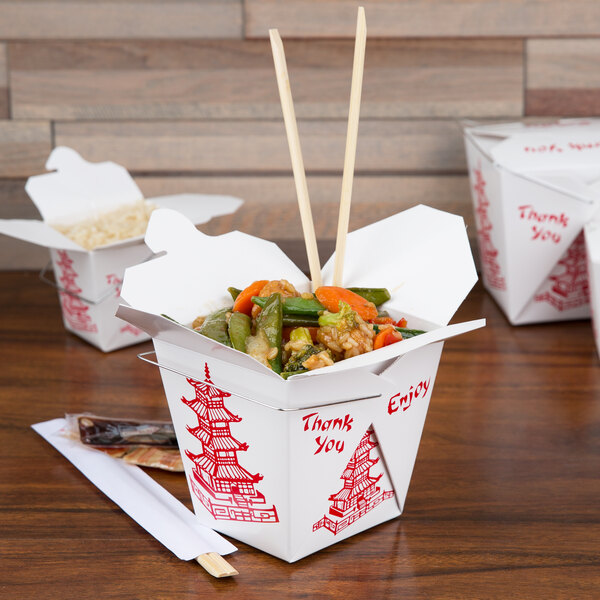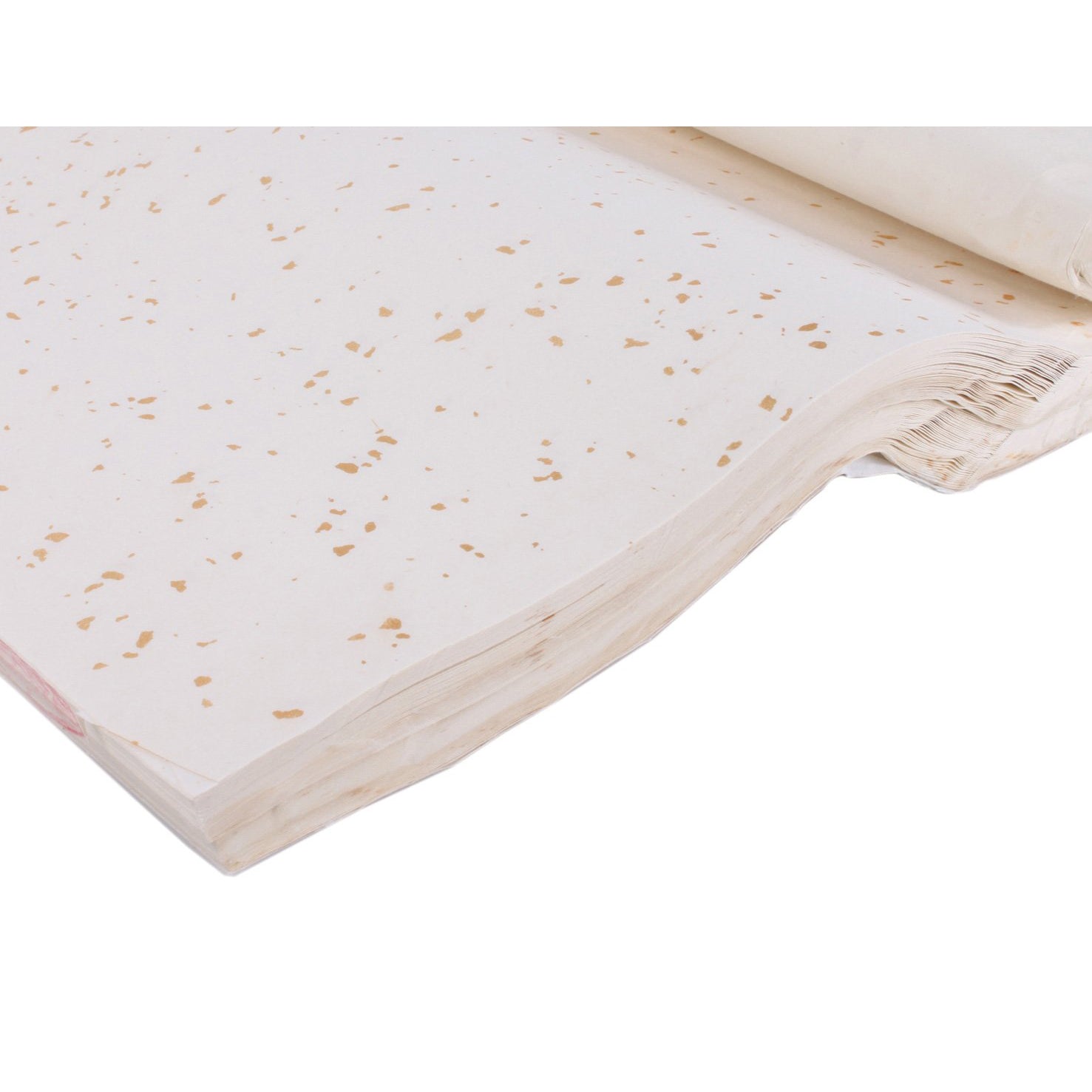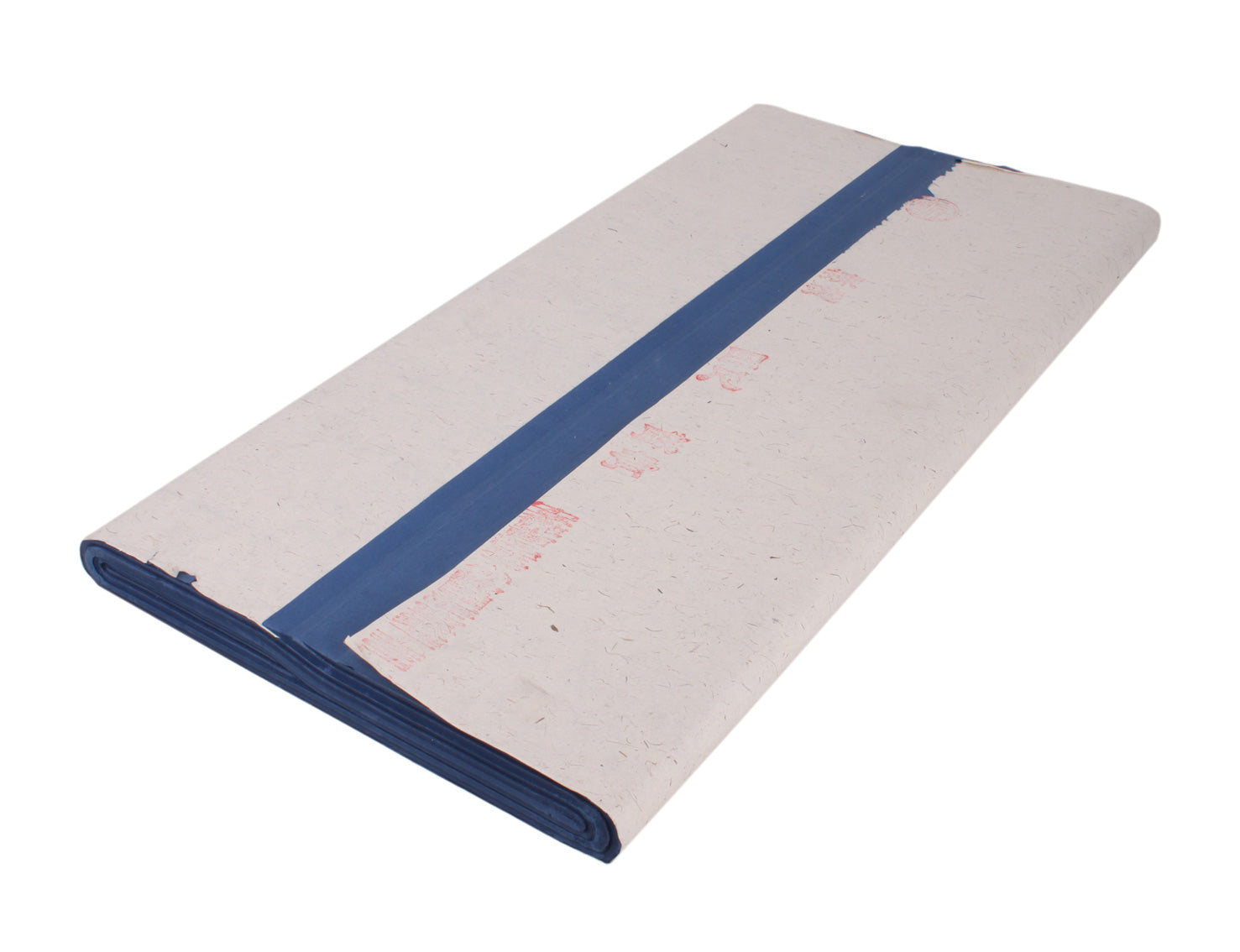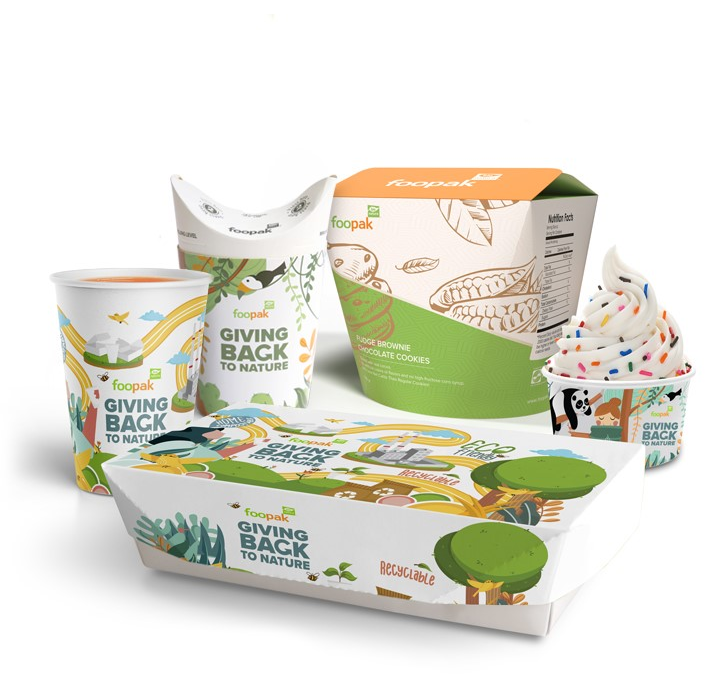Why Choose Asian Paper Products for Eco-Friendly Solutions?
Asian Paper Products – A Comprehensive Guide
Section 1: Exploring the Diversity of Asian Paper Products
Asian paper products have a rich history and diverse range of offerings. From specialty papers to traditional handmade paper, Asian countries like Japan, China, and Korea have a unique and significant presence in the paper industry. In this section, we will explore the different types of Asian paper products available in the market, the characteristics that make traditional handmade papers stand out, and the cultural significance these products hold in various traditions and practices.
- What are the different types of Asian paper products available in the market?
Asian paper products encompass a wide variety of options, each with its own distinct properties and applications. Some common types of Asian paper products include:
- Cardboard tubes: These sturdy tubes are commonly used for packaging and shipping, providing a protective and eco-friendly solution for transporting various goods.
- Paper bags: Asian paper bags come in different sizes and designs, making them a popular choice for retail shopping, gift-giving, and promotional events. They are often biodegradable and recyclable, offering an eco-friendly alternative to plastic bags.
- Paper boxes: Asian paper boxes are known for their durability and versatility. They can be used for packaging various items, from food products to cosmetics, making them a preferred option in the industry.
- Specialty papers: Asian specialty papers are known for their unique properties and applications. For example, Japanese washi paper is renowned for its strength, versatility, and ability to absorb ink without bleeding, making it ideal for calligraphy, printmaking, and art projects. Chinese xuan paper, also known as shuen paper, is prized for its soft texture and high ink absorption, making it a popular choice for traditional Chinese brush painting and calligraphy. Korean hanji paper is valued for its durability and translucency, commonly used for traditional crafts and artistic expression.
- How are traditional handmade papers from Asian countries like Japan, China, and Korea unique?
Traditional handmade papers from Japan, China, and Korea are known for their exceptional quality and craftsmanship. These papers are typically made using traditional techniques and natural materials, resulting in unique characteristics that set them apart. Here are some key features of traditional handmade papers from Asian countries:
- Japanese paper: Washi paper is made from the inner bark of the kozo tree, gampi tree, or mitsumata shrub, or a combination of these materials. It is renowned for its strength, durability, and delicate texture. Washi paper is traditionally manufactured by hand using labor-intensive methods, including meticulous fiber preparation, sheet formation, and drying techniques. It is highly versatile and used in various art forms, such as printmaking, bookbinding, and lampshade making.
- Chinese paper: Xuan paper, also known as rice paper, is made from the bark of the sandalwood tree, bamboo, or rice straw. It has a soft texture and excellent ink absorption properties, making it ideal for Chinese brush painting and calligraphy. Xuan paper is produced through a complex process that involves repeated washing, beating, and sun-drying. Different types of xuan paper are available to suit various artistic styles and preferences.
- Korean paper: Hanji paper is crafted from the bark of the mulberry tree, specifically the paper mulberry or dak tree. It is renowned for its durability and resistance to yellowing over time. Hanji paper undergoes several steps, including steaming, pounding, and drying, to achieve its distinctive qualities. It is widely used for traditional Korean crafts, such as hanji furniture, lanterns, and paper dolls.
- What cultural significance do Asian paper products hold in various traditions and practices?
Asian paper products have deep cultural significance and play a vital role in various traditions and practices. Here are a few examples:
- Japanese Origami: Origami, the art of paper folding, has been practiced in Japan for centuries. It is not only a form of artistic expression but also a meditative practice that reflects Japanese aesthetics and philosophies. Origami paper, often made from washi, is known for its strength and crispness, allowing intricate folds without tearing.
- Chinese Calligraphy: Chinese calligraphy is regarded as a highly respected art form, showcasing the beauty and skill of brushwork. Xuan paper is the preferred choice for calligraphy due to its texture, ink absorption, and ability to convey the nuances of brushstrokes.
- Korean Hanbok: The traditional Korean hanbok is a vibrant and elaborately designed attire, often adorned with hanji appliqué. Hanji paper is carefully cut and applied to the fabric, adding intricate patterns and depth to the garment.
- Thai Lanna Lantern Festival: In Thailand, the Lanna Lantern Festival involves the release of floating lanterns made from delicate rice paper. These lanterns symbolize the release of worries and negative energy, as well as the offering of good wishes and prayers.
Asian paper products not only serve practical purposes but also represent cultural heritage and artistic expressions. They embody the traditions, skills, and aesthetics of Asian countries, making them unique and highly valued.
In the next section, we will delve into the sustainability and environmental benefits of using Asian paper products, highlighting their biodegradability, recyclability, and eco-friendly production processes. Stay tuned for more insights on how Asian paper products contribute to a greener future.
Sustainability and Environmental Benefits of Asian Paper Products
Asian paper products, including cardboard tubes, paper bags, and recyclable paper products, offer numerous sustainability and environmental benefits. These products are not only versatile and practical but also contribute to reducing our carbon footprint and promoting eco-friendly practices. In this section, we will explore how Asian paper products contribute to environmental sustainability, industries that extensively use these products, and provide tips for consumers on increasing the durability of their paper product purchases.
How do Asian paper products contribute to environmental sustainability?
Asian paper products are known for their eco-friendly nature and positive impact on the environment. Here are some ways in which these products contribute to environmental sustainability:
- Biodegradability: One of the biggest advantages of Asian paper products is their biodegradability. Unlike plastic materials, which can take centuries to decompose, paper products break down naturally and quickly, reducing landfill waste and environmental pollution.
- Renewable Resource: Asian paper products are made from renewable resources, primarily trees. Sustainable forestry practices ensure that new trees are planted to replace the ones used for paper production, resulting in a continuous supply of raw materials.
- Recyclability: Most Asian paper products, such as cardboard tubes, paper bags, and recyclable paper products, are highly recyclable. Recycling paper helps conserve resources, reduce energy consumption, and minimize the need for raw materials.
- Reduced Carbon Emissions: The production of Asian paper products often generates fewer carbon emissions compared to other materials like plastic. Additionally, using these products can help reduce carbon emissions throughout their life cycle, from production to disposal.
- Eco-Friendly Production Practices: Asian paper manufacturers are increasingly adopting eco-friendly production practices, such as using sustainable energy sources, reducing water consumption, and implementing waste management systems. These initiatives further contribute to environmental sustainability.
What are some industries that extensively use Asian paper products, and why?
Asian paper products find extensive use in various industries due to their versatility, cost-effectiveness, and sustainability. Here are some industries that heavily rely on Asian paper products:
- Food and Beverage Industry: Asian paper products, including paper bags, food containers, and cardboard packaging, are widely used in the food and beverage industry. These products provide safe and hygienic packaging solutions while being environmentally friendly.
- Retail Sector: Retail stores often use Asian paper products like paper bags and packaging materials for their products. Not only do these products offer a more sustainable alternative to plastic, but they also enhance the overall shopping experience for customers.
- E-commerce and Shipping: Cardboard tubes and packaging materials are essential components in the e-commerce and shipping industry. These products provide sturdy and protective packaging for products while being lightweight and cost-effective for shipping purposes.
- Printing and Publishing: The printing and publishing industry heavily relies on Asian paper products, such as printing paper, notebooks, and other stationery items. These products offer high-quality printing surfaces while being environmentally friendly.
- Arts and Crafts: Asian paper products, particularly specialty papers used in arts and crafts, have gained popularity worldwide. These papers are known for their unique textures, absorbency, and durability, making them ideal for calligraphy, painting, origami, and other creative pursuits.
Tips for consumers on increasing the durability of their paper product purchases
To make the most of your paper product purchases and ensure their durability, consider the following tips:
| Tips for Increasing Durability of Paper Products | |
|---|---|
| 1. Choose High-Quality Products | Opt for paper products made from high-quality materials. Look for durability features like reinforced bottoms in paper bags and sturdy construction in cardboard tubes. |
| 2. Proper Storage | Store your paper products in a clean, dry, and well-ventilated area to protect them from moisture, humidity, and pests. Avoid exposing them to direct sunlight, as it can lead to discoloration and degradation. |
| 3. Avoid Overloading | Be mindful of the weight or quantity of items you place in paper bags or cardboard tubes. Overloading can strain the structure and reduce their longevity. Use multiple bags or tubes if necessary to distribute the weight evenly. |
| 4. Handle with Care | When using paper bags or cardboard tubes, handle them with care to prevent accidental tears or damage. Avoid dragging them on rough surfaces or subjecting them to excessive force. |
| 5. Reuse and Recycle | Whenever possible, reuse your paper products instead of discarding them after a single use. For example, repurpose paper bags for storage or reuse cardboard tubes for crafts. Once the products have served their purpose, recycle them to ensure their materials are repurposed. |
By following these tips, consumers can extend the lifespan of their paper product purchases and actively contribute to reducing waste and promoting sustainability.
In summary, Asian paper products offer significant sustainability and environmental benefits. They are biodegradable, made from renewable resources, and recyclable. Industries such as food and beverage, retail, e-commerce, printing and publishing, and arts and crafts widely use these products. By choosing high-quality products, proper storage, and responsible handling, consumers can increase the durability of their paper products and contribute to a more sustainable future.
Leading Brands and Suppliers in the Asian Paper Products Market
In the realm of Asian paper products, there are a few leading brands and suppliers that have made a name for themselves due to their exceptional offerings, emphasis on innovation, and commitment to quality. In this section, we will take a closer look at three prominent players in the industry: Asia Paper, Oriental Art Supply, and Japanese Paper Place.
Asia Paper: A Legacy of Innovation and Excellence
Asia Paper, with its establishment in 1958, has a rich history of providing high-quality industrial paper products. The company operates dual factories located in Sejong and Sihwa, enabling them to produce an impressive one million tons of products annually. Asia Paper's commitment to innovation and expansion has solidified its position as a key player in the market.
Utilizing cutting-edge technology, Asia Paper ensures the production of industry-leading products for its global customers. The company specializes in producing various types of paper products, including kraft liner, test liner, white liner, and high-strength liner. These products come in different colors, such as brown, yellow, red, and white, catering to a wide range of preferences and requirements.
One of Asia Paper's standout offerings is its kraft paper, known for its excellent tensile strength and tear resistance. With weights ranging from 75 to 90 grams per ㎡, this kraft paper is a reliable choice for a multitude of applications. Additionally, Asia Paper offers a selection of general weights, spanning from 150 to 175 grams per ㎡, available in ivory, grey, green, pink, and blue colors. These options provide customers with the freedom to choose the perfect paper for their specific needs.
Oriental Art Supply: Unleashing Creativity with Traditional Handmade Paper
For those seeking Chinese brush painting and calligraphy materials, Oriental Art Supply is a prominent supplier that specializes in xuan (shuen) paper and mulberry paper. With a focus on consistency and quality, Oriental Art Supply offers both semi-sized and full-sized paper options tested to meet the highest standards.
Oriental Art Supply understands that beginners may require a starting point, which is why they provide a machine-made practice roll. This paper is an ideal choice for beginners looking to hone their skills before transitioning to more advanced options.
The wide range of hand-made Chinese paper available at Oriental Art Supply is a testament to their dedication to preserving traditional practices. Drawing from various local suppliers and smaller manufactories, they follow century-old traditions to source Chinese rice paper. Renowned Chinese paper mills like Red Star paper mill for Xuan paper contribute to Oriental Art Supply's selection, ensuring authenticity and quality.
To simplify the process of choosing the right paper, Oriental Art Supply has classified Chinese rice paper into multiple sections. These sections include Practicing Paper, Classic Artwork Paper, Decorative Paper, and Specialist Paper. Each category serves a specific purpose, from perfecting strokes to creating high-quality artwork and achieving special effects. Furthermore, Oriental Art Supply offers specialist paper tailored for specific painting styles such as fineline, landscape, calligraphy, flower, and bird painting.
It's worth noting that in Western countries, the term "Chinese rice paper" is commonly used, but it's essential to clarify that rice content varies in different paper types.
Japanese Paper Place: Preserving the Art of Japanese Papermaking
The history of Japanese Paper Place dates back to 1982, driven by a deep passion for Japanese paper. This brand pays homage to the 1400-year-old tradition of Japanese papermaking, ensuring the preservation of this ancient craft.
Japanese Paper Place excels in providing a wide range of Japanese papers that cater to various applications and artistic endeavors. Their offerings include traditional washi paper, machine-made paper, and specialty papers designed for specific purposes like printmaking, bookbinding, and conservation.
The commitment to quality and attention to detail are at the core of Japanese Paper Place's offerings. With their extensive knowledge and experience, they curate a collection of papers that meet the needs of artists, craftsmen, and enthusiasts alike.
Japanese Paper Place understands that creativity knows no bounds, and it is particularly evident in their extensive selection of papers. From delicate and translucent papers to more durable and versatile options, their range ensures artists and creators can find the perfect paper for their unique projects.
In summary, Asia Paper, Oriental Art Supply, and Japanese Paper Place exemplify the excellence and innovation found in the Asian paper products market. Whether it's industrial paper products, traditional handmade Chinese paper, or Japanese papers that preserve ancient craftsmanship, these leading brands deliver quality, variety, and expertise to meet the diverse needs of customers worldwide.
[footer]
FAQs about Asian Paper Products
What are the different types of Asian paper products available in the market?
To explore the variety of Asian paper products available, you can consider options like cardboard tubes for packaging, paper bags for retail and gifting, paper boxes for versatile packaging, and specialty papers such as Japanese washi, Chinese xuan, and Korean hanji.
How are traditional handmade papers from Asian countries like Japan, China, and Korea unique?
When it comes to traditional handmade papers from Asian countries like Japan, China, and Korea, they showcase exceptional quality and craftsmanship. Papers like Japanese washi, Chinese xuan, and Korean hanji stand out for their unique properties and applications rooted in centuries-old techniques and natural materials.
What cultural significance do Asian paper products hold in various traditions and practices?
Asian paper products carry deep cultural significance across various traditions and practices, from Japanese Origami and Chinese Calligraphy to Korean Hanbok and the Thai Lanna Lantern Festival. These products not only serve practical purposes but also represent cultural heritage and artistic expressions in meaningful ways.
Sustainability and Environmental Benefits of Asian Paper Products
How do Asian paper products contribute to environmental sustainability?
Asian paper products, known for their eco-friendly nature, contribute to environmental sustainability through biodegradability, renewable resource usage, recyclability, reduced carbon emissions, and eco-friendly production practices, making them a responsible choice for eco-conscious consumers.
What are some industries that extensively use Asian paper products, and why
In this guide on Asian paper products, we delved into their diversity and cultural significance. Traditional handmade papers from countries like Japan, China, and Korea offer unique qualities. Asian paper products play a crucial role in environmental sustainability, benefiting industries and consumers. Brands like Asia Paper, Oriental Art Supply, and Japanese Paper Place prioritize innovation and quality. Their diverse offerings cater to different needs, emphasizing the rich heritage and quality of Asian paper products.










